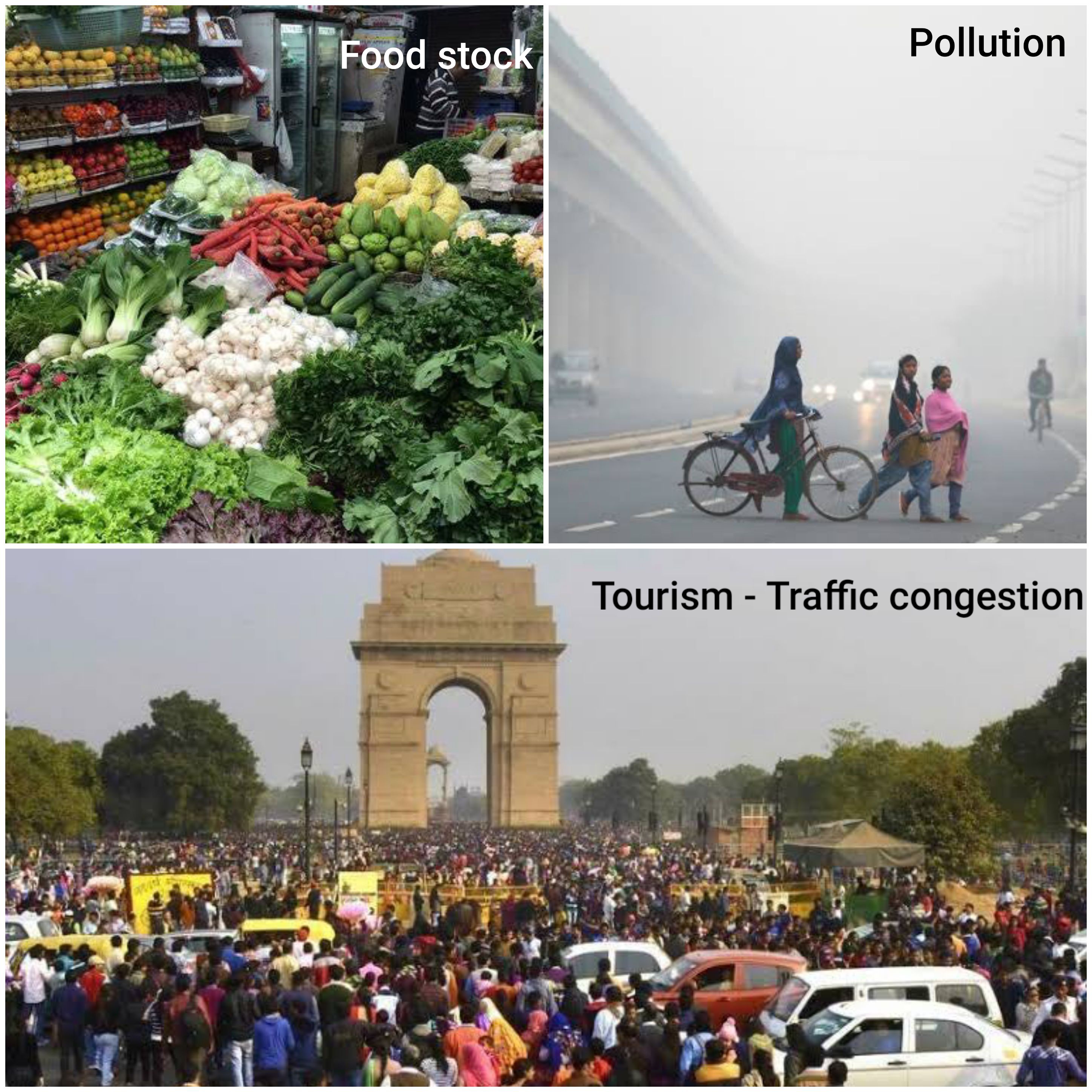
Uploaded on 2020-04-08 by Neda Shakil
Image source from internet •In Delhi, rapid urbanization causes shortage of food hence needed supply of food (flow) from other cities which then is distributed to retails (stocks) further collected (flow) from retails. This input-output of material shows a life-cycle of materials, thereby tracing the input, transportation, and output processes. With Material Flow Analysis, it will provide base data for further waste management assessments-benefits the sustainable development. •Pollution reduces the quality of life of the city and inhabitants. Delhi acute levels of air pollution will remain a major problem, for many years to come. Simulations were performed which helped in taking further decision for betterment of the city. Few solutions were odd-even traffic-scheme which promoted public transport (flow) caused reduction in CO2 emission,further Green spaces (stock) were reserved. Concluded that the stocks & flows of pollution is helping in sustainability development of public transport. •Delhi is an ancient and modern blend makes it tourism spot and thus flow of information takes place. Foreign tourists, increases the city density (flow) which raise the traffic congestion and waste products (stock). Spatial networks Analysis will help to organize and structure human activity with analyses of urban design and mobility patterns.